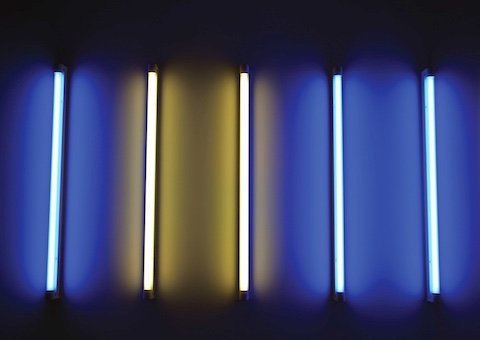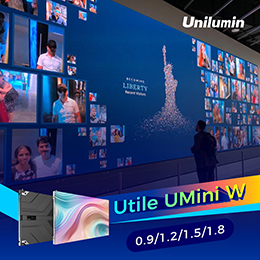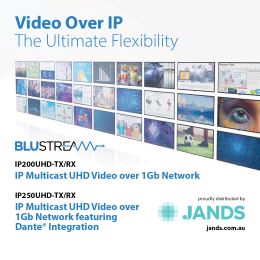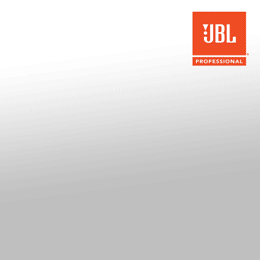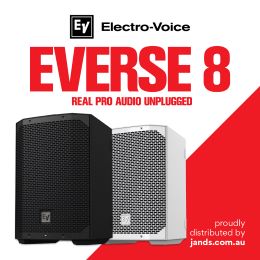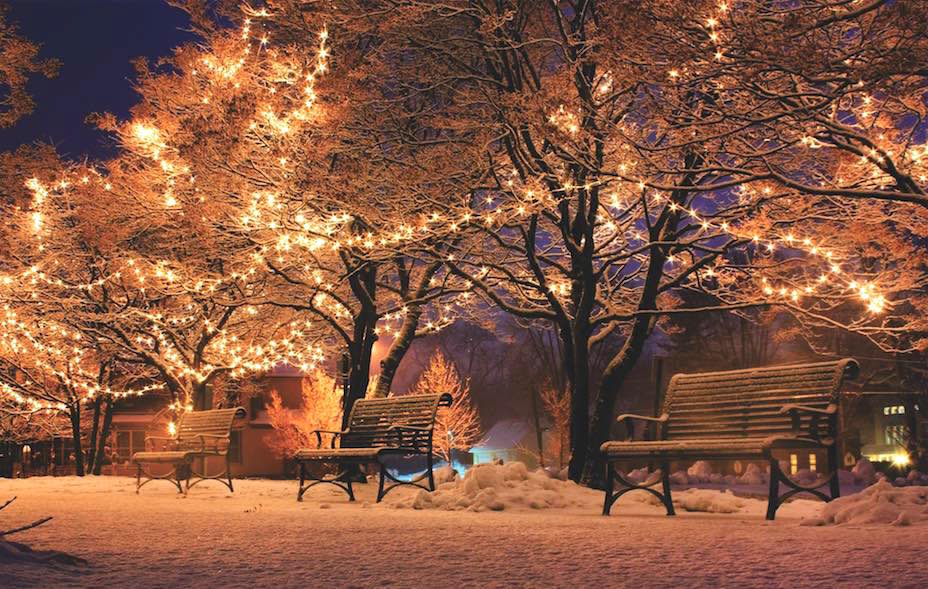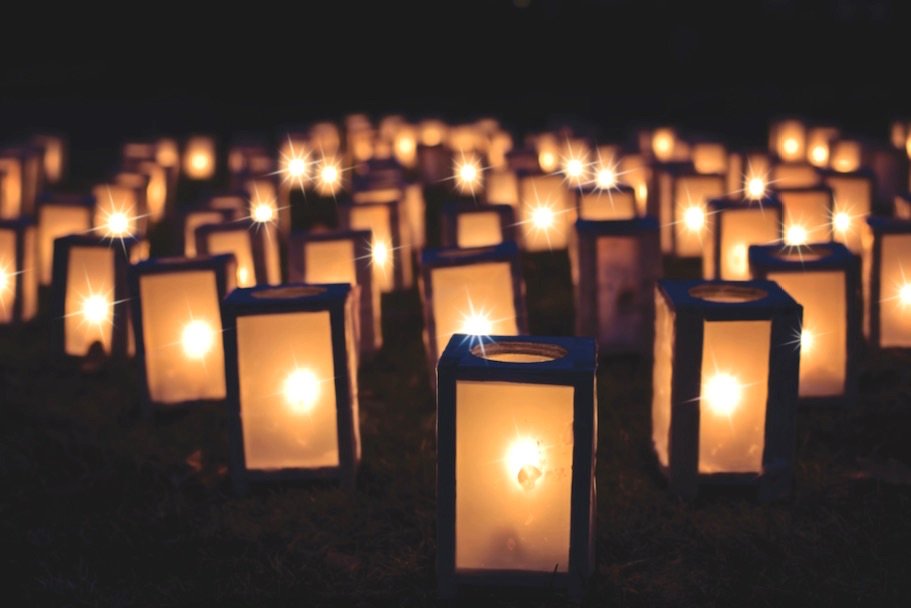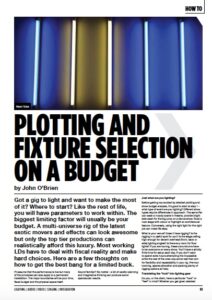Subscribe to CX E-News
HOW TO
Plotting and Fixture Selection on a Budget
by John O’Brien.
Got a gig to light and want to make the most of it? Where to start? Like the rest of life, you will have parameters to work within. The biggest limiting factor will usually be your budget. A multi-universe rig of the latest exotic movers and effects can look awesome but only the top tier productions can realistically afford this luxury. Most working LDs have to deal with fiscal reality and make hard choices. Here are a few thoughts on how to get the best bang for a limited buck.
I’ll assume that the performance is live but many of the principles can also apply to a permanent installation. The major boundaries will be your time, fiscal budget and the physical space itself.
Sound familiar? No matter – a bit of careful planning and imaginative thinking can produce some spectacular results.
Just what are you lighting?
Before getting too excited by detailed plotting and show budget analysis, it’s good to start at step 1 – what type of event are you lighting? Different show types require differences in approach. The same Par can wash a moody scene in theatre, provide bright side wash for the big jump on a dance show, flood a rock stage with colour or highlight an architectural feature. Conversely, using the right light for the right job can make life easy.
What is your venue?
Does it have rigging? Is the rigging in a useful spot for you? Is the stage ceiling high enough for decent overhead (front, back or side) lighting angles? Is there any room for floor lights? If you are touring, these conundrums have to be overcome on every show. You’ll have a strictly finite time for setup each day.
If you don’t want to spend extra hours attempting the impossible while the rest of the crew cop some rest then aim for flexibility and repeatability in your rig. Pre-tour looming, spares allocation and packing plenty of rigging options all help.
Translating the “look” into lighting gear
Do you, or the client, have a particular “look” or “feel” in mind? Whether you get given detailed mood boards, chicken scratchings, or discuss it over a beer, you’ll have to interpret these concepts into some sort of a plot.
Whatever luminaires you choose – wash, highlight, backlight, beam, effect – they should enhance “the look”. Many different fixtures can be used as washes. Beams and hard angles will need hard focus fixtures but some units allow both wash and/or beam. Logos or specific patterns will require a unit that accepts or has inbuilt gobos. Use these limits to select your fixtures.
Of course, you will also have dimmer, control channel and power loading limitations. You’ll need to do your homework here, more so when you have multiple units with lots of control channels required.
more is more (or less is more…)
There is no denying the major shakeup in lighting design due to automated lighting. But you don’t have to go all out with top of the line gear. A handful of LED Pars, a few profiles (LED or not), some cheap effect lights and you are away.
Big looks once achieved with heavy truckloads of Pars, Rays and other analogue fixtures can now be made with fewer and lighter fixtures. Plus, they don’t put out the same level of heat – cooking a band with too many 1000W furnaces in a small venue can make you unpopular with the talent – been there, done that!
Two bars of Par64 or 5 x LED RGBW Par work out at roughly the same hire cost. The former allows
(2×4=8) angles and 8000W, the latter 5 angles but ~1300W. Old school, you get four pairs of loud colours; go new school and you may not have the same overall lux but you will now have millions of colour options.
Pros and cons… When you have a limited number of fixtures to play with, the three dimensions of a staging area really come in to play. Up/down, front/back, left/right – use ‘em all – there’ll be more dynamic differences of angle than just hanging what little you have off front and back truss. Also, try using fixtures at different intensities between scenes – multiple looks from one lamp!
There is no need to limit yourself to conventional stage lighting fixtures either. I have used household standard lamps, reading lamps, fluorescent tubes (particular fun when they have dodgy starters – cheap strobe effect), candelabra, car headlights, TV sets, video cubes, slide and video projectors, neon tubes, light strips … you name it. If it puts out light, you can illuminate stuff with it! Just make sure you test and tag it first.
Think outside the square … but not so far it costs excessive time
When the tiny budget is all but blown on toys, try dressing the stage with some sheets or other materials picked up cheap. Big effect before you even switch a lamp on. Point a light across the drapery (or not!).
Try using the environment too. I remember rigging a show in a converted church and I cheekily convinced the LD to try a few lamps outside shining back through the stained-glass windows. Looked spectacular, if I do say so myself. On a musical theatre show, we spot operators were bored during plotting and found all these cool effects backlighting the performers using reflections from the set. The LD was rapt and used them in the show.
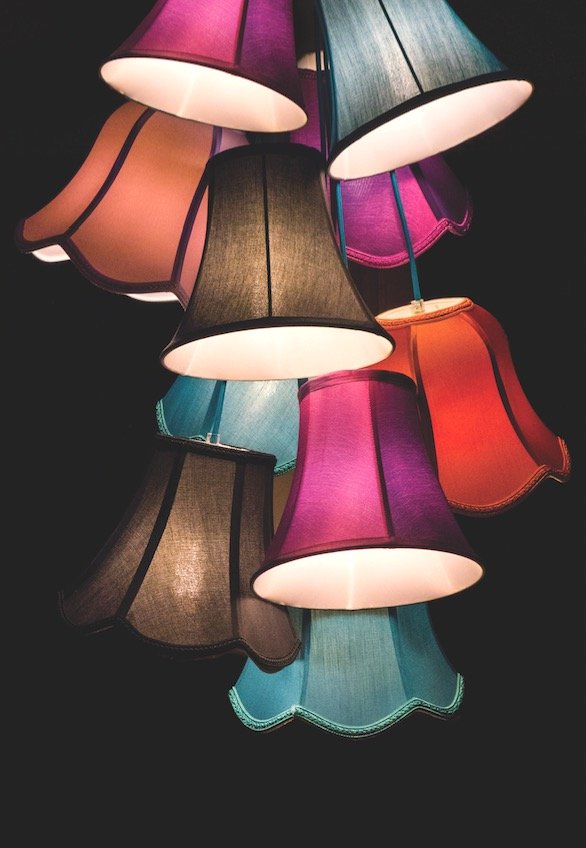 The “time budget” is just as important to consider at the planning stage as the financial one. Apart from the obvious setup or installation time, it’s wise to allow time for troubleshooting any gremlins on the day, particularly if you are using non-standard fixtures.
The “time budget” is just as important to consider at the planning stage as the financial one. Apart from the obvious setup or installation time, it’s wise to allow time for troubleshooting any gremlins on the day, particularly if you are using non-standard fixtures.
And that’s all before programming. How much you do offsite before the gig is up to you and your setup but it’s kinda nice to rock up, plug everything in, upload your show files and start tweaking. How much you get paid for pre-programming or prep time is entirely up to your negotiation skills…
Know your gear and try something new
A recent CX article talked of getting a good relationship with your hire company (‘How to establish a good relationship with your lighting hire company’, Marcus Pugh August 2018). This is especially true on a shoestring as you may find some favourable pricing or extras thrown in if you are sweet with the hirers. You get what you give… You may also get the inside line on which units are more reliable and/or easy to use.
The hirer does want you coming back after all.
You, the LD, have a plethora of choices in how to light your show. Refining those options within your allocation of the production budget is a necessary part of the job. With some forethought, a bit of lateral thinking and a willingness to experiment you can get those killer looks without blowing the money or time banks.
From the November 2018 edition of CX Magazine. CX Magazine is Australia and New Zealand’s only publication dedicated to entertainment technology news and issues – available in print and online. Read all editions for free or search our archive www.cxnetwork.com.au
© CX Media
Subscribe
Published monthly since 1991, our famous AV industry magazine is free for download or pay for print. Subscribers also receive CX News, our free weekly email with the latest industry news and jobs.


